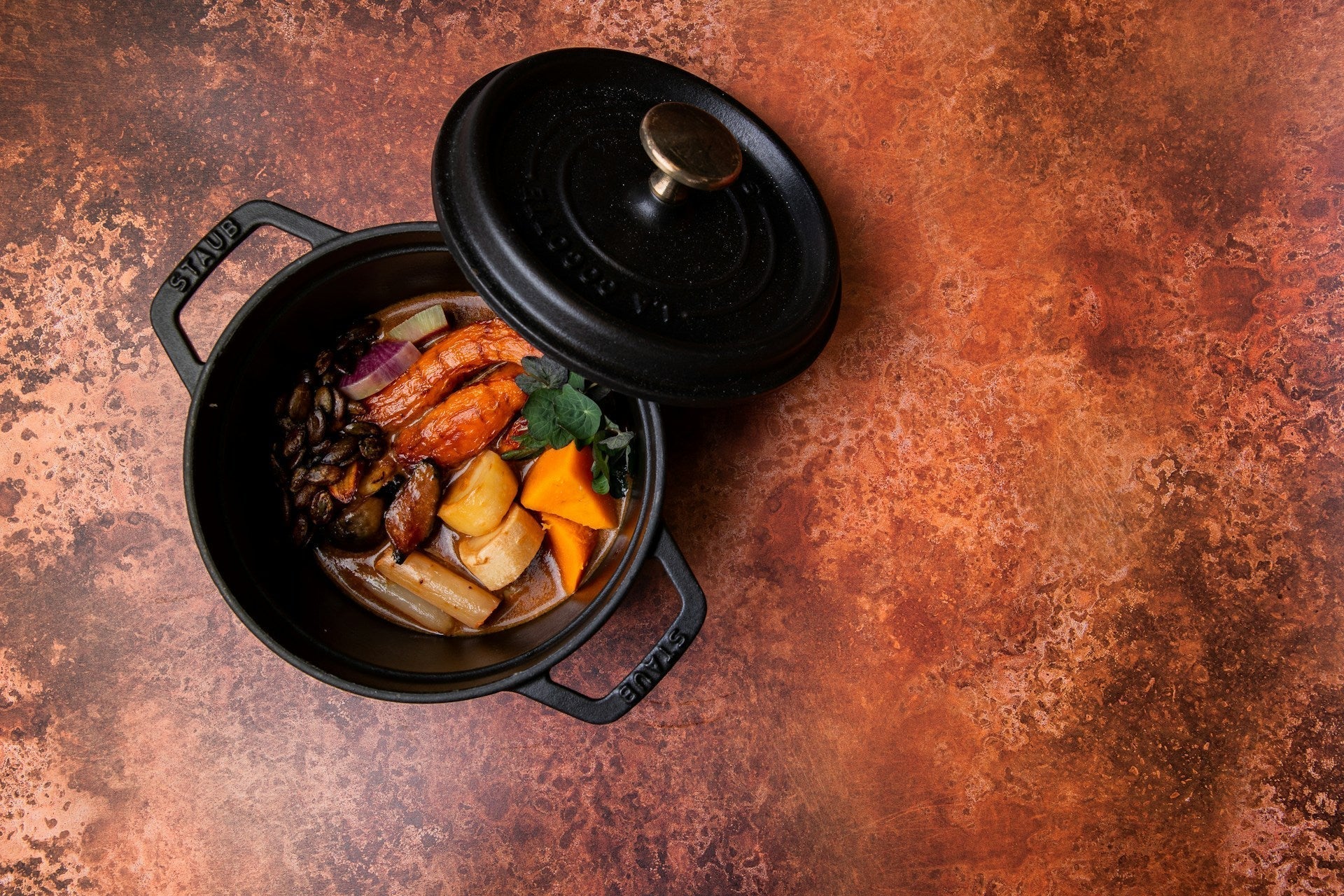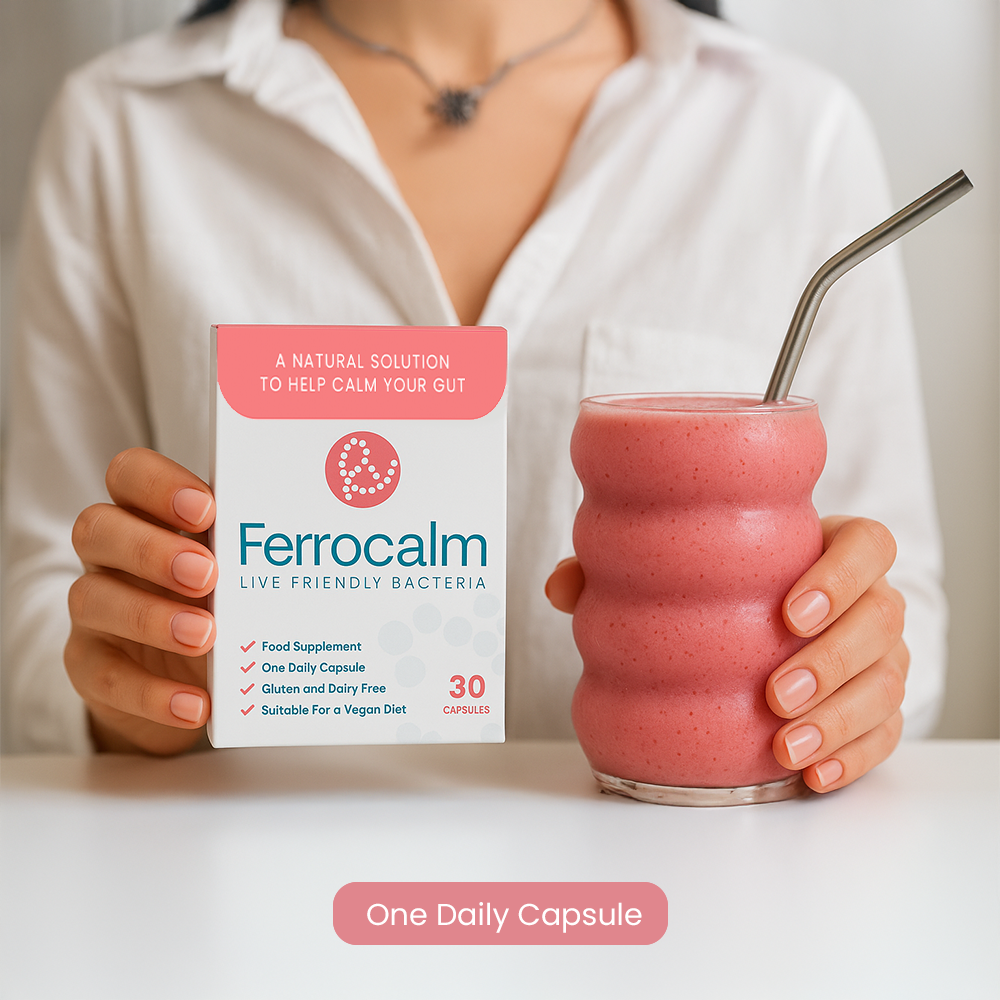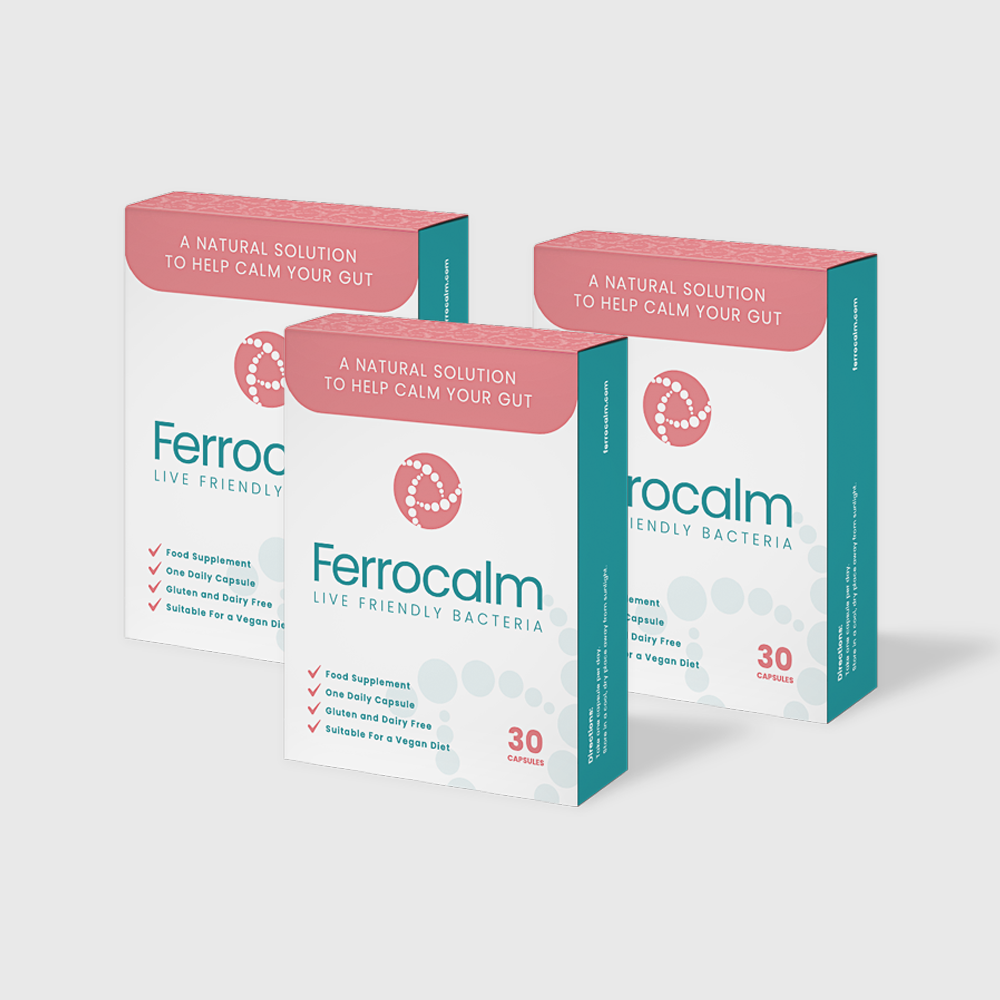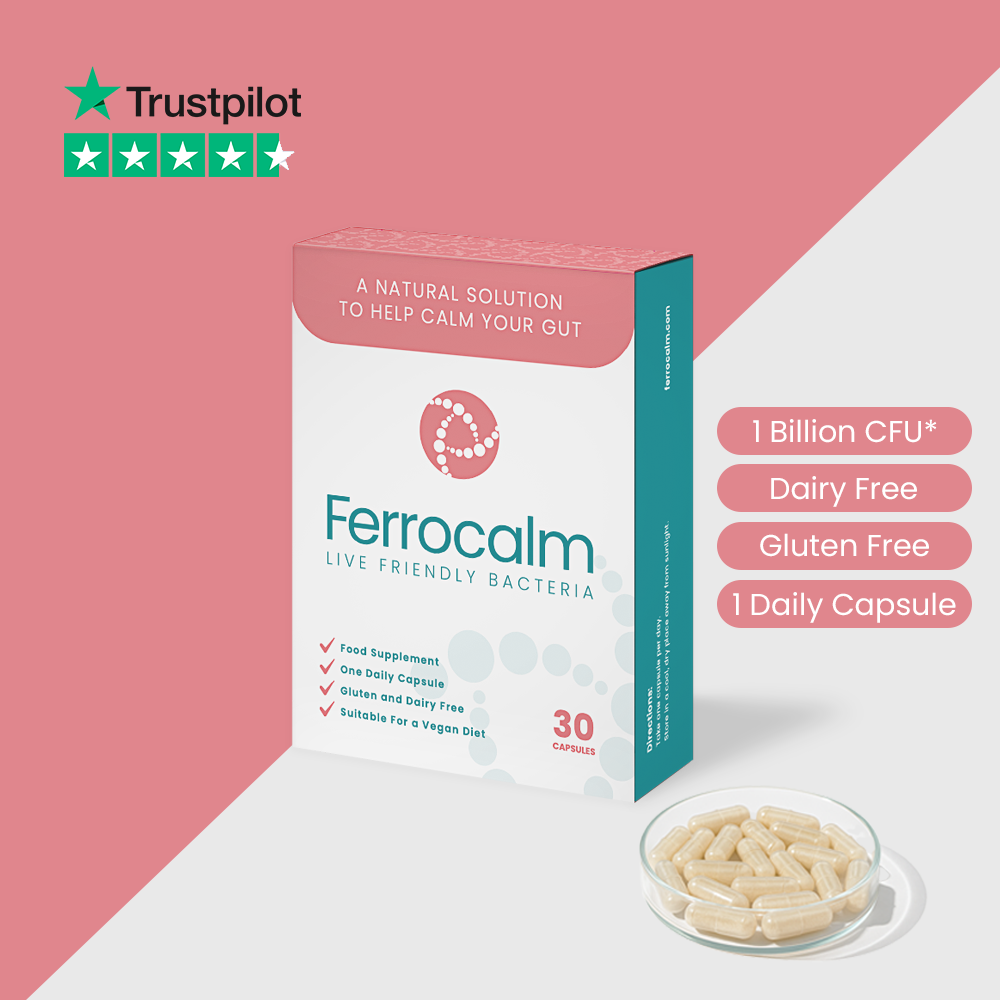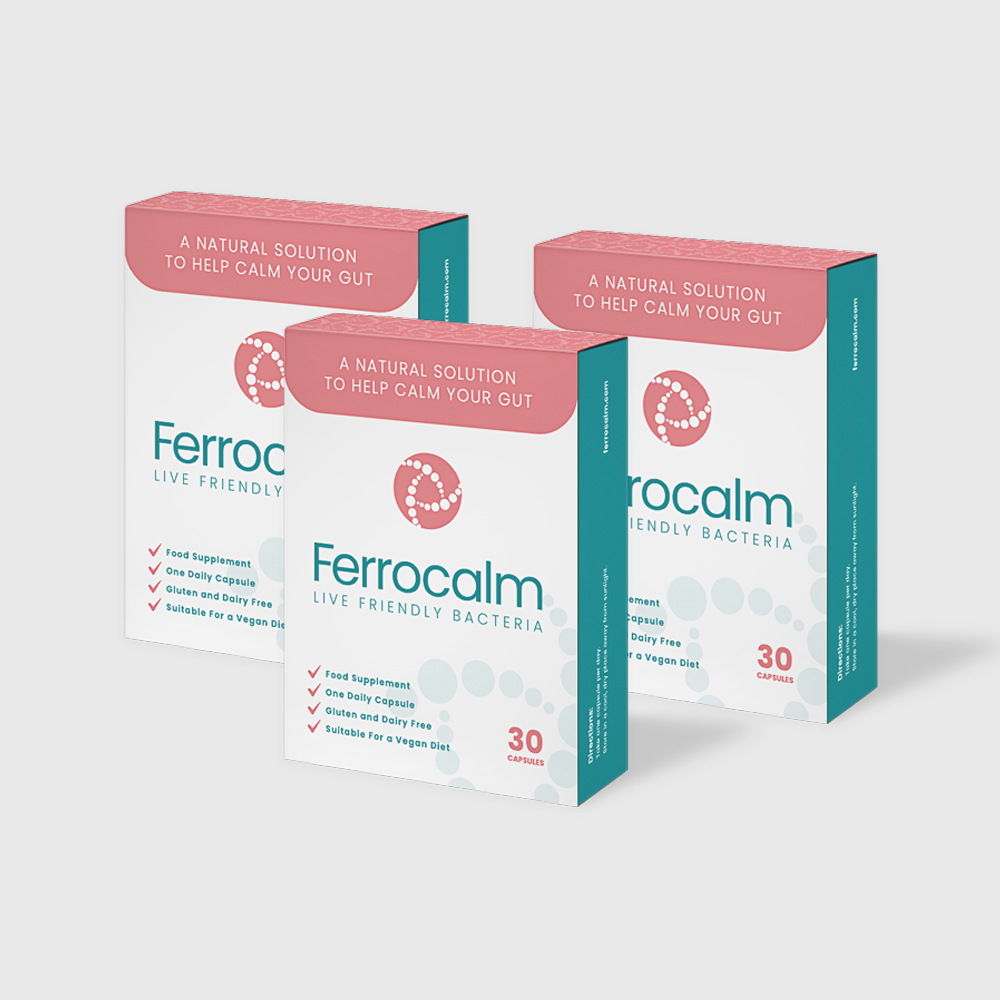The “five a day” rule when it comes to fresh fruit and vegetables is all well and good, but what if you suffer from Irritable Bowel Syndrome?
While vegetables are a hugely beneficial part of our diets, some can actually trigger your symptoms. That is why it is important to know which veggies to add to your weekly shop and which to avoid. You might like to consider starting with a Low FODMAP diet and keeping a food diary to track what works best for you and your IBS symptoms as you introduce foods back into your diet.
Included in our list of top 10 vegetables that are good for your gut, we have vegetables full of fibre and nutrients that can help support and improve gut health, and also impact some of the symptoms of IBS like bloating, constipation and regularity. We have also included links to gut-healthy recipes that include these veggies so it will be easier to add them to your diet and start managing your IBS through tasty, easy and healthy recipes!
The benefits of vegetables for a healthy gut:
We all grew up to the sound of our parents insisting that we “eat our greens” and, as much as we probably didn't see it at the time, they had a point! Vegetables are an essential part of a healthy diet and now many of us choose plant-based lifestyles, opting for vegan and vegetarian diets.
Fibre in vegetables supports gut health by promoting regular bowel movements. The fibre will help to add bulk to your stool which will then make it easier to pass through your intestines and prevent things like bloating, constipation and gas - all common symptoms of IBS. The rich prebiotics found in veggies are extremely good for gut health as they feed your gut with healthy bacteria that will support your gut’s microbiome and immune function. Some vegetables even soothe the gut lining and help to reduce inflammation. They really are the gut heroes of the world!
Let's talk about fibre:
When it comes to IBS and vegetables, it’s all about the fibre, getting the right type AND amount, based on your individual IBS condition. Dietary fibre is essential for healthy digestion and regular bowel movements. Whilst a diet rich in fruits, vegetables, and whole grains is the best source of fibre, supplements can help to meet your daily fibre needs.
Tip: Gradually increase fibre intake to avoid bloating and gas, and drink plenty of water to aid in fibre digestion.
Veggies that are good for your gut health:
If you suffer from constipation as one of your main IBS symptoms, you should include vegetables that are high in fibre to keep you regular. However, if you suffer with IBS-D, where your main symptom is diarrhoea, we would recommend avoiding too much fibre in your diet.
Spinach: Full of fibre and magnesium, spinach is one of the best leafy greens to add to any diet - raw or cooked.
Carrots: Not only are carrots a low FODMAP veggie, but they also support your immune system as they are loaded with nutrients.
Sweet Potato: As a complex carbohydrate, sweet potatoes are high in soluble fibre and can also ease constipation.
Courgette: Another low FODMAP food as they are extremely easy to digest. Courgettes are really good for those with IBS-C and IBS-D - an all-rounder!
Butternut Squash: Similar to sweet potatoes, butternut squash is super easy to digest and also full of nutrients that support a healthy gut.
Green Beans: Versatile and low FODMAP, green beans are a great side dish for a gut-friendly dinner.
Artichokes: Help feed your gut with good bacteria by adding artichokes to your salad as they are full of prebiotics.
Red Peppers: Red peppers are riper than green pepper which are harder to digest if your IBS symptoms include cramping and bloating.
Celery: One for IBS-C symptoms, celery is high in fibre so could trigger bloating and gas in those who suffer with IBS-D. However, juicing celery can reduce the fibre content so may be more beneficial consumed that way.
Potato: If you peel potatoes before cooking with them, they will be lower in fibre so for those who have IBS-D this would be a much better way to include the humble potato in your diet!
How to include gut friendly vegetables in your diet:
Having IBS doesn’t mean you have to have a plain and bland diet. It’s all about experimenting with what works for you and your gut. One way to find out what you should avoid that could trigger your IBS symptoms is by following a low FODMAP diet. The diet has an elimination phase where you spend 2- 6 weeks removing all high FODMAP foods from your diet, like garlic, onions and mushrooms - you can find a more extensive list of high FODMAP foods here.
The next phase is known as the reintroduction phase where you carefully begin to add high FODMAP foods, one at a time, every three days back into your diet. As you introduce these foods back into your diet, it is crucial to monitor your symptoms to find out what triggers you. Things like bloating, gas or diarrhoea could occur so it is important to know what you absolutely cannot have in your diet to help manage your IBS easier.
As part of this process we would recommend eating as clean as possible and avoid processed foods as they will have many hidden ingredients that may exacerbate your IBS symptoms. But again, this doesn't mean you have to live on a boring and bland diet! Adding herbs and spices to your cooking will really help with flavour and you will be a whiz in the kitchen before you know it! Herbs like basil, coriander and thyme are all low FODMAP herbs which can really add flavour and depth in your dish. Garlic oil in small quantities could also be a good replacement to fresh garlic which is a high FODMAP food - but again, we recommend carefully reintroducing garlic in small amounts to see how well you digest it before adding it back into your diet completely.
You don’t have to go completely organic when it comes to where you get your vegetables from, just make sure you give them a good scrub and rinse before cooking and, if you are looking for less fibre due to suffering with IBS-D, maybe peel things like potatoes and carrots beforehand.
Tasty IBS-friendly recipes that include the top ten veggies for IBS:
Roasted Carrot and Courgette Salad with Spinach
Serves 4 as a side dish or 2 as a main
Ingredients:
- 4 large carrots, peeled and sliced
- 2 medium courgettes, sliced
- 1 small bag of fresh spinach
- 2 tbsp olive oil
- ½ tsp of oregano
- Salt and pepper to taste
- 1 tbsp lemon juice
Directions:
- Preheat your oven to 200°C
- Toss the carrots and courgettes in olive oil, oregano, salt and pepper, and spread out evenly on a baking sheet.
- Roast for 20-25 minutes, until golden and tender.
- In a large bowl, combine roasted veggies with fresh spinach and drizzle with lemon juice.
- Serve warm or chilled
Sweet Potato and Green Bean Stir-Fry
Serves 4
Ingredients:
- 2 medium sweet potatoes, peeled and diced
- 250g of green beans, trimmed
- 2 tbsp coconut oil
- 1 tsp turmeric
- 1 tsp ground ginger
- Salt to taste
Directions:
- Steam sweet potatoes for 8-10 minutes until tender.
- In a pan, heat coconut oil and sauté green beans for 3-4 minutes.
- Add turmeric, ginger, and sweet potatoes to the pan and cook for another 5 minutes.
- Season with salt and serve as a side or light main dish.
Roast Carrot and Pepper Soup:
Serves 4
Ingredients:
- 3 red peppers cut into quarters and de-seeded
- 5 medium sized carrots, peeled and diced
- 2 medium sweet potatoes, peeled and diced
- 1L of low FODMAP veggie stock (like this one)
- 2 tbsp olive oil
- ½ tsp of cumin seeds
- ½ tsp turmeric
- Salt and pepper to taste
Directions:
- Preheat your oven to 200°C
- Toss the peppers, carrots and sweet potato in olive oil, cumin seeds, turmeric and salt and pepper, and spread out evenly on a baking sheet and roast for 30 minutes.
- Add all the veggies to a large saucepan with the vegetable stock and simmer for 20 mins.
- Once cooled either use a hand blender or food processor and blitz until smooth
- Serve with a slice of crusty sourdough bread.

